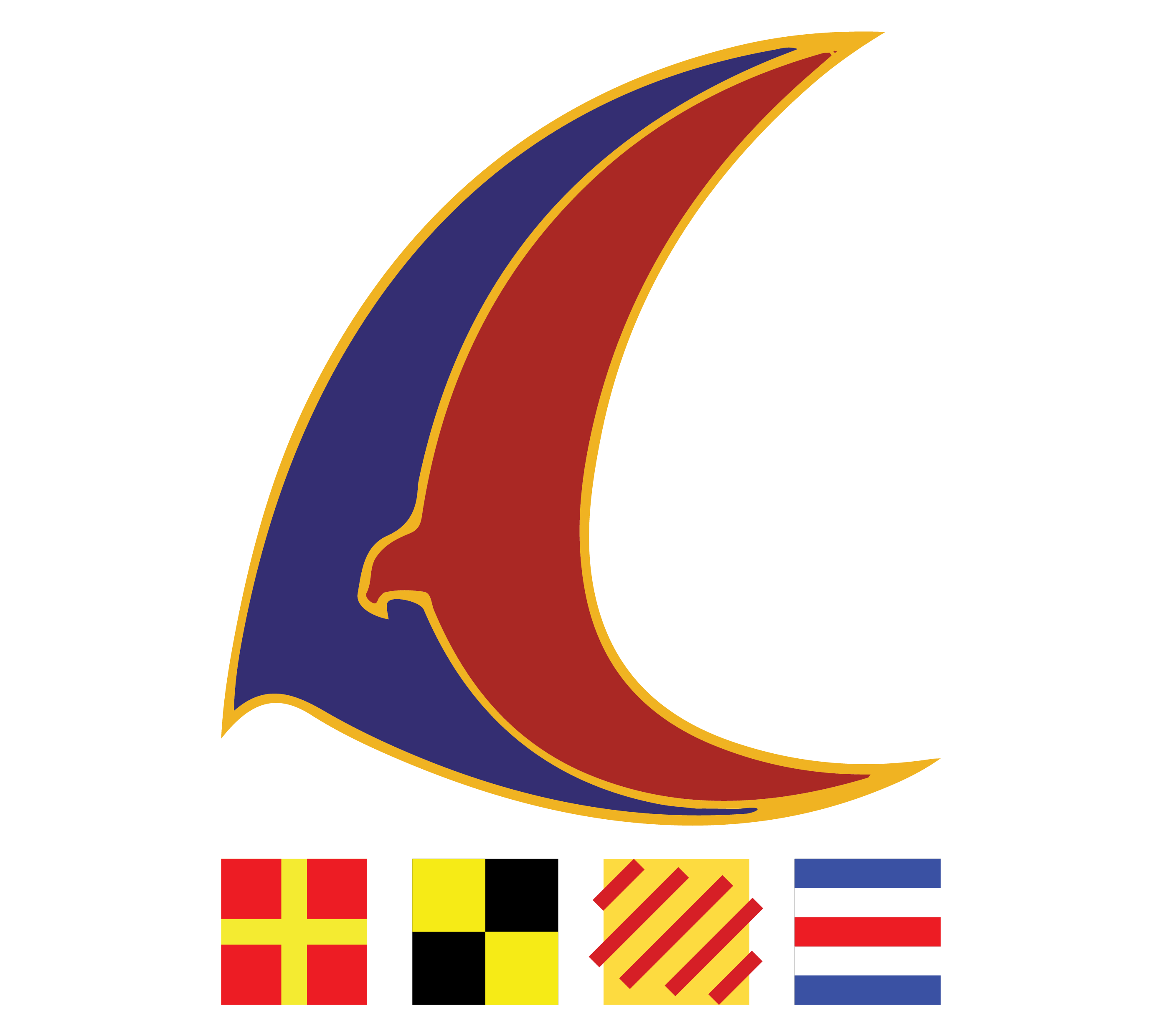Come Sail Away
Kuala Lumpur, 11 February 2004 – The closest many of us will ever get to owning a boat would be the vessel carrying meatballs, prawns, noodles and vegetables in the sea of broth. We’re speaking of the steamboat. So when we do venture to the sea, it is usually aboard a ferry or on cutthroat-price jet skis rented from beach boys.
But should this be the scenario? Sure, a yacht may cost millions of ringgit but this isn’t football or tennis. You don’t need to own all the equipment. Think of sailing or boating as something more akin to snooker or bowling where rental is mainstream paradigm involved.
Think about it this way. You’re a family of five living in Kuala Lumpur. You want to go to, say, Sabah, for a holiday. Airfare alone will cost you over RM 4,000.
Get the same five adults on a yacht for two days and you’ll experience not just holiday but a sporting adventure for the same price tag. Even in Kuala Lumpur.
One of the best marinas around is the Royal Langkawi Yacht Club. The return airfare for five from Langkawi to Kota Kinabalu is nearly RM 7000.
With BMW coming in as title sponsor for the Royal Langkawi International Regatta last year, the sport is set to see a boost here. Instead of settling for a more sun tan and swim for your next holiday, you could be engaging in a newfound hobby.
“Our vision is to see increased awareness and participation in this sport locally as well as to boost the global standing of the regatta,” says T. Vijayaratnam, BMW’s Press and corporate affairs manager.
For many of us who have caught a glimpse of the prestigious America’s Cup (the sailing equivalent to Formula One) on TV, we might wonder what the fuss is all about. The sport may look uninspiring on screen but step into a yacht and you’ll find it’s different.
“The Challenging nature of high-performance sailing sits well with BMW’s brand promise. By competing in head-to-head yacht racing, which is associated with innovative technology, BMW Oracle Racing (which competes in the America’s Cup) is pursuing the ultimate sailing challenge,” says Vijayaratnam.
And that’s not just some corporate schpeel that he was feeding us at the pre-cast off briefing. Once we had cast off from the Royal Langkawi Yacht Club on Madixson, a 15-metre Benetau 50-class yacht, we were literally lost at sea.
The first thing that strikes you is that this 15-tonne boat is going to move on wind power only. The second thing that strikes you is that she would do so against the wind.
All of a sudden, you’re amazed at human ingenuity. In a basic race course (refer to graphic) there is an upwind, downwind and reaching leg, For the upwind leg, a procedure known as tacking achieves what an airplane does to keep it in the air. Yes, that thing which flies in the heavens also keeps this thing in the sea moving against apparently insurmountable odds.
What happens is that the salts are raised with reference to the angle at which you are sailing into the wind. At a direction called fine reach, which is between 50 and 80 degrees off the wind, the sails are eased about a quarter way out, and at beam reach -90 degrees to the wind – the sails are half out.
With the beam reach example, it is easy to see how the sail appears like a wing and the lift actually generates pressure in the direction of the yacht and pushes it forward nicely. Tacking is generally an alternating of port and starboard fine reaches eventually taking us in net displacement directly towards the wind.
Sounds good in theory, but the whole process requires a lot of endurance as you pull on ropes and winch them just right so that the sails provide maximum speed. At this point, high school physics suddenly becomes cool. One begins to understand why BMW got so involved in the first place.
The whole idea of lift and drag (which is basically the wind blowing full into your sails dragging your boat forwards) is applicable to most forms of racing.
Race cars are concerned with aerodynamics to reduce drag and lift (or increase downforce) and sailing provides for a natural wind tunnel situation.
After a sumptuous lunch, sailing with the wind in our sails was easy peasy but on our voyage back to the marina, nature threw us another challenge by deciding not to blow.
There is usually at least a little wind anywhere in the sea which allows the boat to chug along a knot or two but beware wind holes. Wind holes are portions of the atmosphere where the thermal dynamics of the air simply cause certain pockets to have no moving wind at all.
Sailors can detect these spots by looking at the water. Where a patch looks a little like an oil slick, it means that the air above it is still. On the way back, there were more holes than in a Swiss cheese. So we found our amateur selves constantly at a dead expanse of the sea.
Frustrating? Yes. Challenging? Even more so.
Back at the marina, a few of us were already talking about heading out from Port Klang one day.
Apparently, several yacht charters offer competent crew courses and day skipper courses at a few hundred clams each so you can take a yacht out on your own. Tengok angin first-lah.
